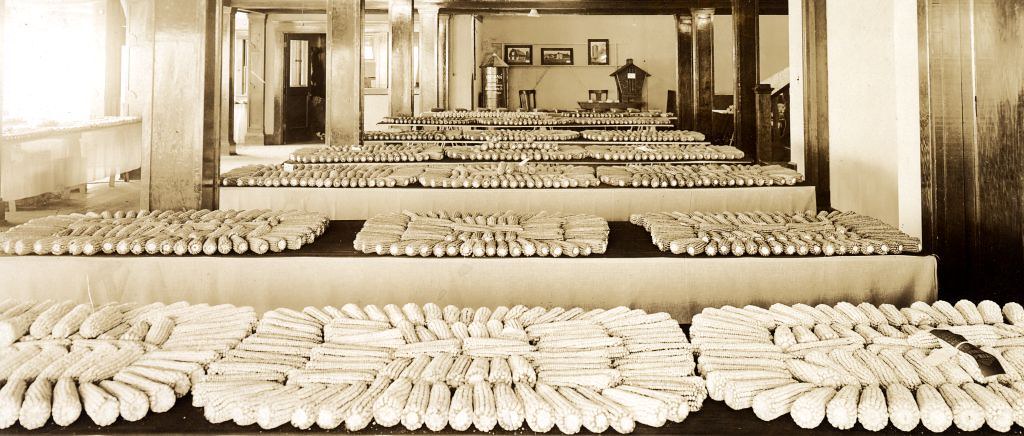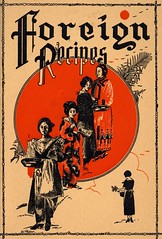The OSU Archives and Benton County Museum have joined forces to present an exhibition of historical photographs from the OSU, Horner Museum, and BCHS collections. Intrigued? The show is at the Moreland Auditorium (1101 Main Street in Philomath) and runs from June 10 to July 30. You’ll find works from nearly 100 photographs, plus biographical highlights of more than two dozen Oregon photographers or photo studios that date prior to World War I. Many of these rare, original, photographs have never been publicly exhibited.
Enjoy a visit to Oregon’s past AND present! Located six miles west of Corvallis on Hwy 20/34, at 1101 Main Street, Philomath, Oregon, the Benton County Historical Society operates the Museum facilities for the preservation of history and culture. Its goal is to preserve the material culture of Benton County, Oregon. It strives to enrich people’s lives through interesting exhibitions and educational programs.
The museum is open Tuesday through Saturday, 10:00 – 4:30. Admission is always free! Please call (541) 929-6230 for more information or visit www.bentoncountymuseum.org.
And, in case you are ready to do a little pre-research, photographers represented in the exhibit include Albert Abendroth, W.M. Ball, Chester M. Coffey,Conn and Underwood, Henry De Groot,Lottie Ebbert, William Emery, John Fulton,W.S. Gardner, L. Goldson, S.B. Graham, S.E. Gray & Co, E. Heslop, Robert M. Howells,George Leeper, C. Morris, Mrs. R. Morrison,R.C. Moseley, T.H. Mulkey, Pernot Brothers, E.W. Philips, David Stryker,Sydney Emmet Trask, Maggie Weigand,George Weister and the Woodruff Gallery.










